Website in question. Right now I am only performing analysis on the last quarter, if I was to expand to the past 4-5 quarters would there be a better way of automating this task rather than doing it manually by setting the time range again and again and then extracting the table values?
What I tried doing:
import bs4 as bs
import requests
import lxml
resp = requests.get("http://www.scstrade.com/stockscreening/SS_CompanySnapShotHP.aspx?symbol=HBL")
soup = bs.BeautifulSoup(resp.text, "lxml")
mydivs = soup.findAll("div", {"class": "breadcrumbs"})
print(mydivs)
What I got:
[<div class="breadcrumbs">
<ul>
<li class="breadcrumbs-home">
<a href="#" title="Back To Home">
<i class="fa fa-home"></i>
</a>
</li>
<li>Snapshot / <span id="ContentPlaceHolder1_lbl_companyname">HBL - Habib Bank Ltd.</span> / Historical Prices
</li>
</ul>
</div>, <div class="breadcrumbs" style="background-color:transparent;border-color:transparent;margin-top:20px;">
<ul>
<div class="bootstrap-iso">
<div class="tp-banner-container">
<div class="table-responsive">
<div id="n1">
<table class="table table-bordered table-striped" id="list"><tr><td>Company Wise</td></tr></table>
<div id="pager"></div>
</div>
</div>
</div>
</div>
</ul>
</div>]
Inspecting the source the table is in the div class called "breadcrumbs" (I got that through the "inspect element" thingy) but I dont see the place where all the values are defined/stored in the pages source. Kinda new to web scraping where should I be looking to extract those values here?
Also there are a total of 7 pages and Im currently only trying to scrape the table off from the first oage, how would I go about scraping all x pages of my results and then convert them to a pandas dataframe..

